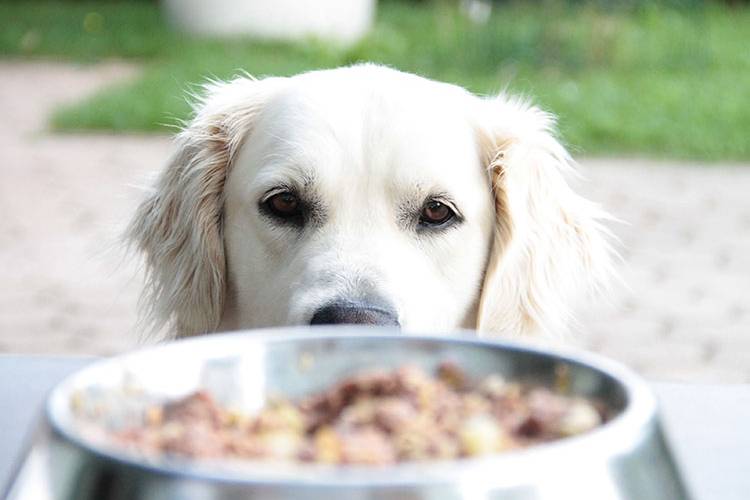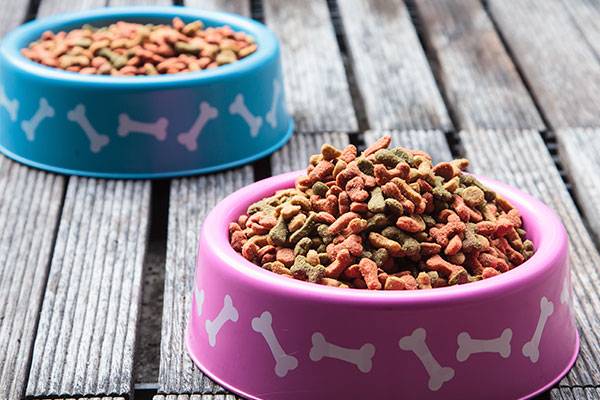Let us help you choose the best kibble for your dog!
If we worry about what we and our families eat, why would it be any different for our pets? When it’s time to choose, there are many options for our dog, so many that it’s difficult to compare and choose a good kibble. Sometimes we’re won over by the advertising or the packaging, but how do we choose a good kibble for our four-legged friends? We’ll give you all the tips!
pets
Share

Worrying about our dogs´ health also means worrying about their diet. A good diet is always the foundation of healthy physical and mental development. Choosing a good-quality kibble for our dog can end up being a real headache, but if we want the best for ourselves, we also want the best for them. What things should we have in mind in order to choose the best kibble?
Size is important
The first thing we should have in mind is the size and age of the dog. If the dog is small, the kibble pieces must also fit the size of its mouth and teeth. Kibble with large pieces is only recommended for large breeds that can chew and digest it properly. The same happens when large dogs are fed kibble with small pieces, they do not chew which makes digestion harder. As for age, the manufacturers often separate kibble into puppy, adult and senior. Depending on the age of the dog, it´ll have different nutritional needs.
Learn to read the labels
To know the quality of the kibble, you have to turn the packet over and read the small print. The label must show the percentage of proteins, fats, carbohydrates, calcium and other nutrients that the feed contains. The manufacturers are obliged to list the ingredients by order of quantity. Dogs are carnivores so a good-quality kibble for dogs should have meat, chicken or another animal protein at the top of the list. You must also keep in mind that fresh meat is not the same as dried meat, offal or bones. Fresh meat contains the best quality proteins- the more fresh meat in the kibble, the better.
If we give our dog too many calories, it's converted into fat and the dog puts on weight
Carbohydrates can be found in cereals, such as wheat, maize and rice. Some cereals do not provide nutrients for dogs but are used as filler, this isn´t the case with rice which is completely digestible by dogs and is a great source of carbohydrates. If a kibble contains rice, this doesn´t mean it´s low-quality. Be wary if the label doesn´t say the percentage of each food group and its main ingredients are cereals like maize.

Calories are important too
Just the same as with humans, if we give our dog too many calories, it's converted into fat and as a consequence, the dog puts on weight. A good-quality kibble will list the calorie content on the label. A dog that goes on walks 3 or 4 times a day or practices canine activities, such as agility, will need more calories than a senior dog that doesn´t move much.
Will my dog digest it well?
When choosing a kibble the digestibility is also important. When we say a food is digestible we mean that the dog´s digestive system can absorb all the nutrients and there´s little waste. We can check this by the quantity of faecal matter that the animal produces. Lots of faecal matter means low digestibility, that is to say that the dog is not benefitting from everything it eats.






